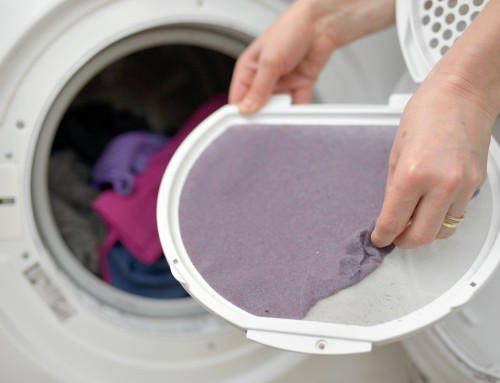Windows behave like the eyes of a home. They portray the internal beauty and lift the aesthetics, offering curb appeal.
Nobody wants to fight to see through cloudy condensation on a window. It minimizes your view and causes damage to your home in the long run.
Fog-free windows speak to the health of your home and the inhabitants. When condensation dries it leaves mold and other allergens. These allergens dry on your windowsills and can make you sick.
When you keep your windows dry and clean, you prevent sickness, mold, and damage to your home.
So, if you’re looking for a way to beat the fog, read this. Find out here how to fix it condensation in windows.
How Condensation in Windows Happens
When water vapor condenses, water changes from a gas nature into liquid. If the surface temperature of the window drops below the dewpoint temperature, fog happens.
Your windows look as if there’s a white foam painted on them. Moisture build-up turns into mold and rots your windowsill. This leads to other damage and problems in your home as well.
Managing Condensation
Condensation is not the end-all for your windows. It’s preventable. As a homeowner, there’re key steps you can take in caring for the health of your windows and home.
1. Reduce Humidity Inside the Home
When it comes to temperature, everyone has their own comfort level. However, those levels might be affecting the health of your home.
Hot air creates moisture. A warmer internal temperature causes warm air to collect on cool glass surfaces. This creates condensation. By controlling the internal moisture in the home, you can stave off the fog.
Consider lowering the air to a comfortable degree of 74 degrees. Also, try running ceiling fans if you have them. They help circulate cool air around the home.
At the very most, consider installing a tool to measure humidity in the home on a continual basis. Hygrometers and dehumidifiers are a good start. Contact an expert before you do though. Multi-Glass of Texas LLC can offer some expert tips.
2. Circulation and Ventilation
If you can’t stand lower temps in the home, focus on circulation and ventilation. Proper ventilation reduces humidity in a home without you having to spend anything.
Start by opening the windows. When you shower or cook, hot steam fills the air. When the windows remain shut, homes trap the air inside creating internal humidity.
Opening windows on the opposite side of the room create a cross breeze. That subtle wind helps control condensation.
Also, let in some sunshine. Believe it or not, Sunny days are beneficial to your home. Open the drapes and allow the natural heat from the sun to dry out excessive moisture.
Some other basic tips include showering with the door closed, cooking with lids, and using weatherstrip. The main objective is controlling moisture and humidity.
Get Condensation Under Control
Condensation in windows can be the start of some serious concerns with your home and health.
Don’t let the fog get out of control. Try these tips to minimize the occurrence and frequency.
Need more home and lifestyle tips like this? Check out the latest in community news to stay up-to-date with modern developments.











